Discussion on Repair Technology of Zinc Oxide Desulfurization Reactor
DOI: 10.23977/jemm.2024.090103 | Downloads: 15 | Views: 1218
Author(s)
Bo Yang 1
Affiliation(s)
1 Shanghai Institute of Special Equipment Inspection and Technical Research, Shanghai, 200062, China
Corresponding Author
Bo YangABSTRACT
During the inspection of zinc oxide desulfurization reactor in an oil refining reconstruction project, it was found that there was a suspected crack in the weld of the reactor body. Because the main material of the equipment is 15CrMoR, hardened microstructure is easy to be produced during welding, and hydrogen-induced delayed cracks are easy to occur in welded joints due to the combined action of sufficiently high diffusion hydrogen concentration in the weld zone and certain welding residual stress. The user and the original manufacturer made a repair plan, scientifically and reasonably repaired the cracks, and used them after being confirmed to be qualified by nondestructive testing.
KEYWORDS
Desulfurization reactor; Crack repair; Heat treatment; Nondestructive testingCITE THIS PAPER
Bo Yang, Discussion on Repair Technology of Zinc Oxide Desulfurization Reactor. Journal of Engineering Mechanics and Machinery (2024) Vol. 9: 13-17. DOI: http://dx.doi.org/10.23977/jemm.2024.090103.
REFERENCES
[1] TSG 21-2016 Supervision Regulation on Safety Technology for Stationary Pressure Vessel [S], General Administration of Quality Supervision, Inspection and Quarantine of the People's Republic of China, 2016.
[2] Conde, A., De Damborenea, J. J., Lopez-Escobar, J. M., et al. Slow strain rate technique for studying hydrogen induced cracking in 34CrMo4 high strength steel [J]. International journal of hydrogen energy, 2021, 46(70):34970-34982. DOI:10.1016/j.ijhydene.2021.08.026.
[3] Li Xiaoyang, Wu Mingyao, Jing Wong, et al. Stress corrosion comprehensive performance evaluation of improved 15 CrMoR (H) material in hydrogen sulfide environment [J]. Journal of Beijing University of Technology, 2015(1):142-148. https://d.wanfangdata.com.cn/periodical/ChlQZXJpb2RpY2FsQ0hJTmV3UzIwMjMxMjI2EhFiamd5ZHh4YjIwMTUwMTAyMhoIbHM1cmJ6Z2o%3D
[4] Tang Lina.15crmor steel plate welding technology research [J]. China Chemical Equipment, 2016(4):39-41, 20. https://d.wanfangdata.com.cn/periodical/zghgzb201604009
[5] Su Haiqing, Han Shuguang. Welding technology of 15CrMoR steel [J]. Welding technology, 2006, 35(5):63-64.https://d.wanfangdata.com.cn/periodical/hanjiejs200605027
[6] Wang Shishan, Bai Jianbin, Li Wei, et al. Development of welding materials for 15CrMoR (H) steel and research on the properties of welded joints [J]. Electric welding machine, 2021, 51 (10): 107-113. https://d. wanfangdata. com.cn/periodic/chloqdata.
[7] Peral, L. B., Zafra, A., Belzunce, J., et al. Effects of hydrogen on the fracture toughness of CrMo and CrMoV steels quenched and tempered at different temperatures [J]. International journal of hydrogen energy, 2019, 44(7):3953-3965. DOI:10.1016/j.ijhydene.2018.12.084.
| Downloads: | 11120 |
|---|---|
| Visits: | 422721 |
Sponsors, Associates, and Links
-
Cybernetics and Mechatronics
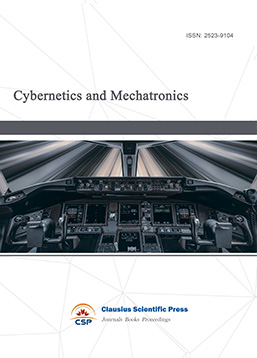
-
Digital Manufacturing and Process Management
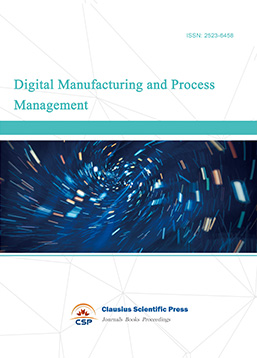
-
Ultra-Precision Machining Process
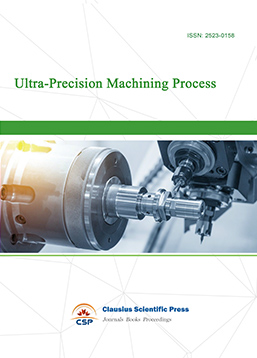
-
Journal of Robotics and Biomimetics
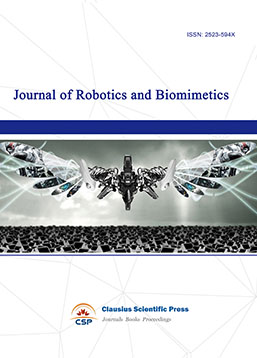
-
Prognostics, Diagnostics and Health Management
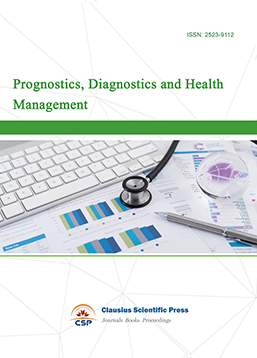
-
Micro-Electro-Mechanical Systems
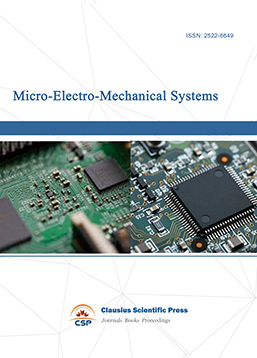
-
Journal of Precision Instrument and Machinery
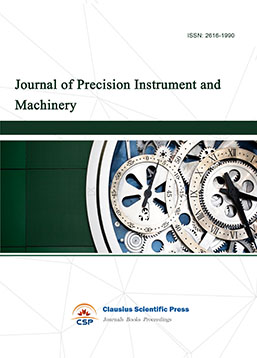
-
Engineering and Solid Mechanics
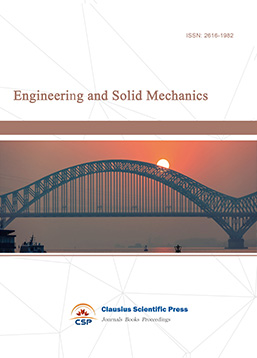
-
Fracture and Damage Mechanics
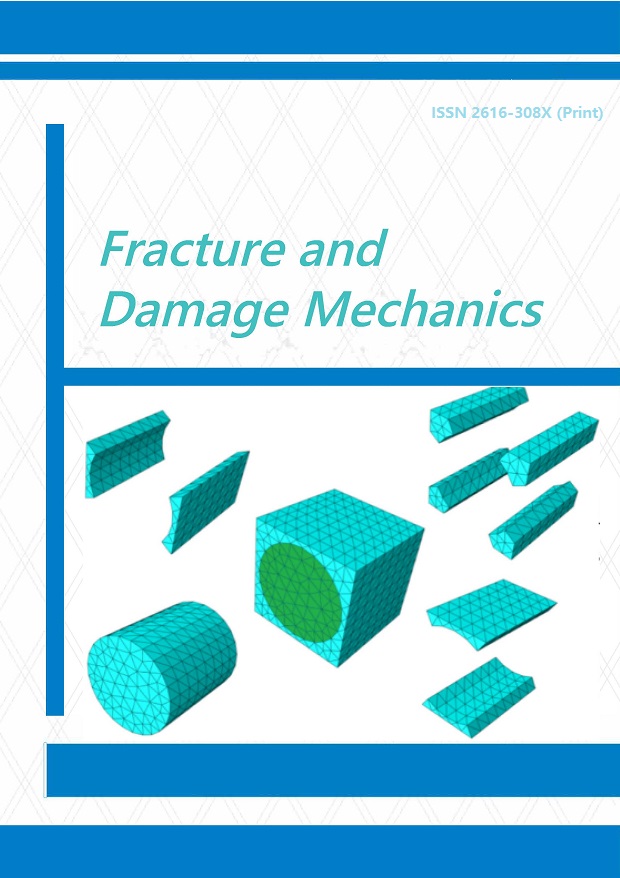
-
Frontiers in Tribology
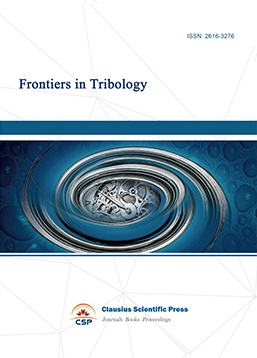
-
Fluid and Power Machinery
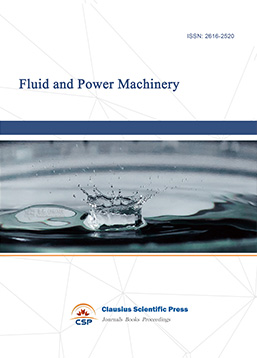
-
Chemical Process Equipment
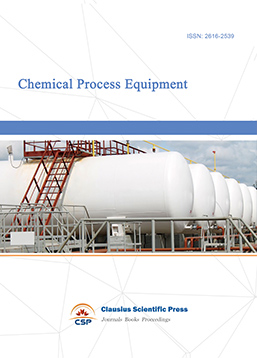
-
Journal of Assembly and Manufacturing
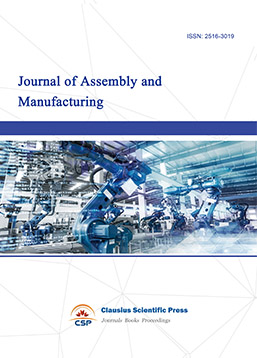
-
Mechanical Vibration and Noise
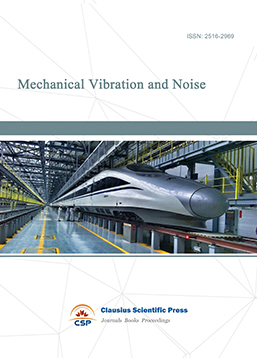

 Download as PDF
Download as PDF